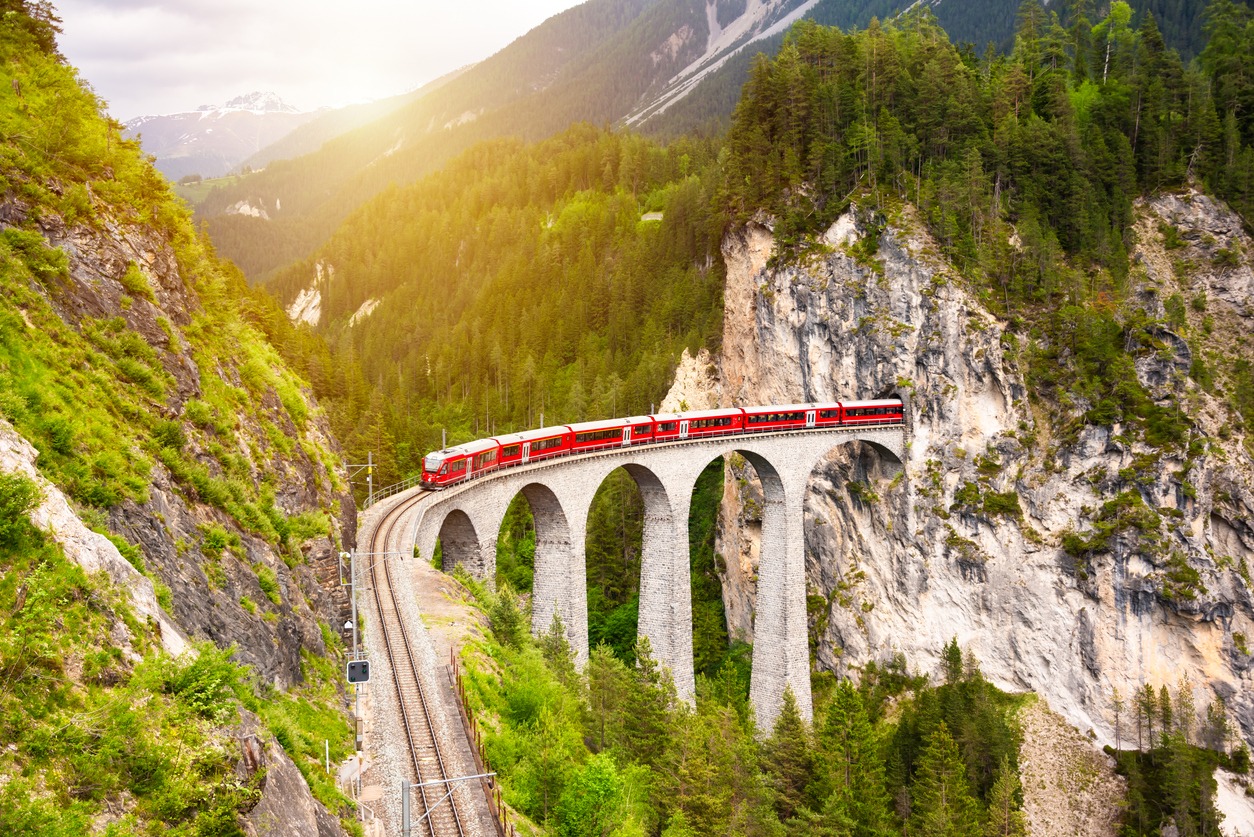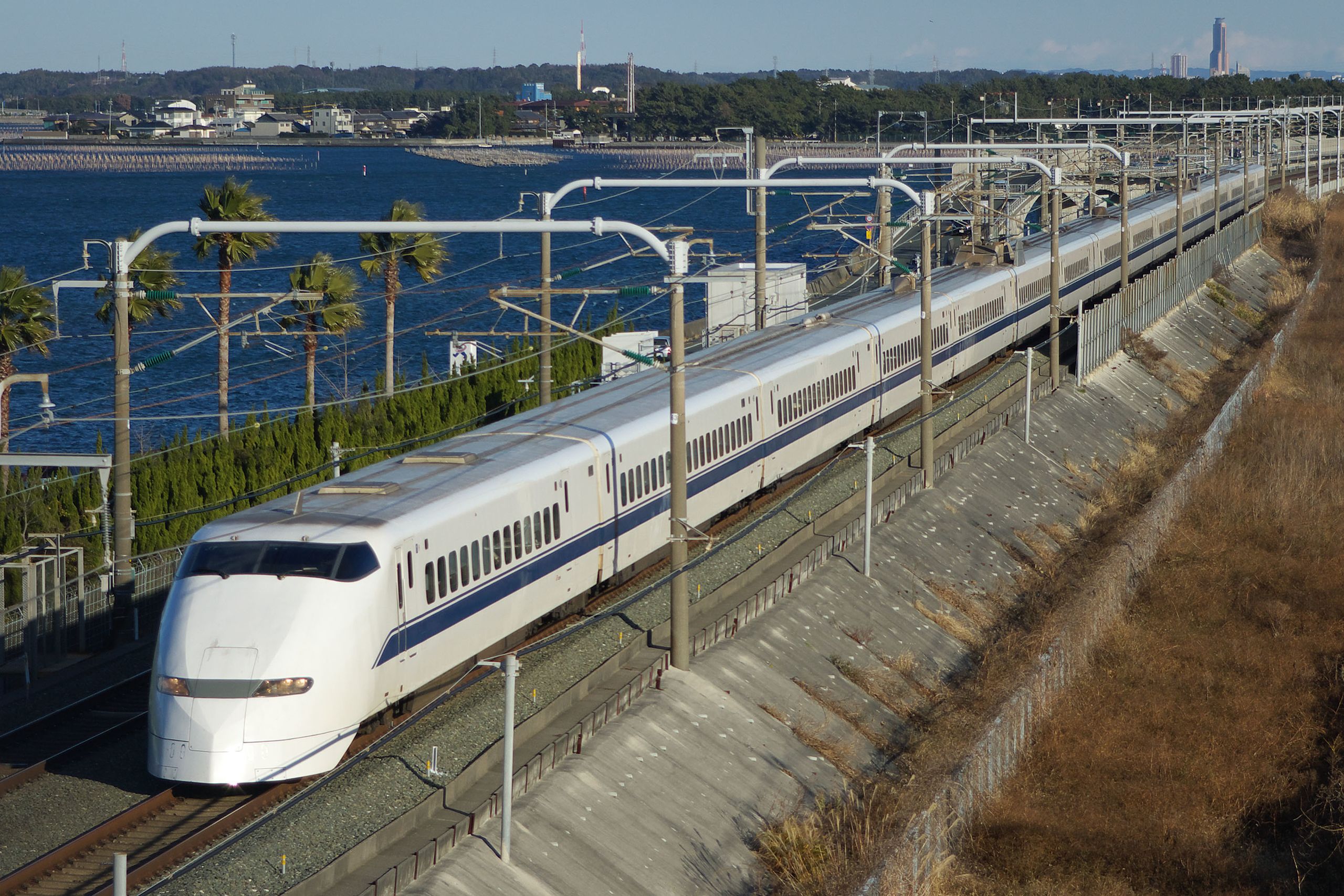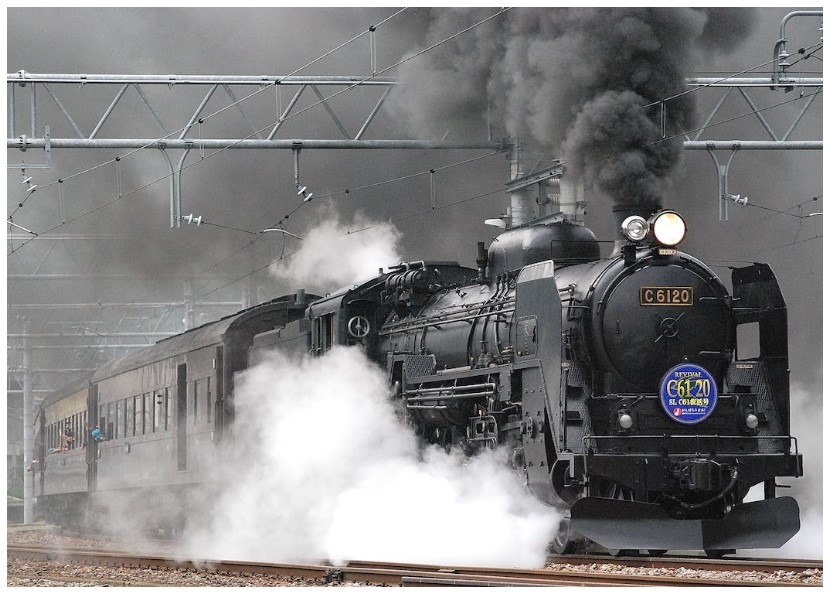The Impact of Trains on Global Trade
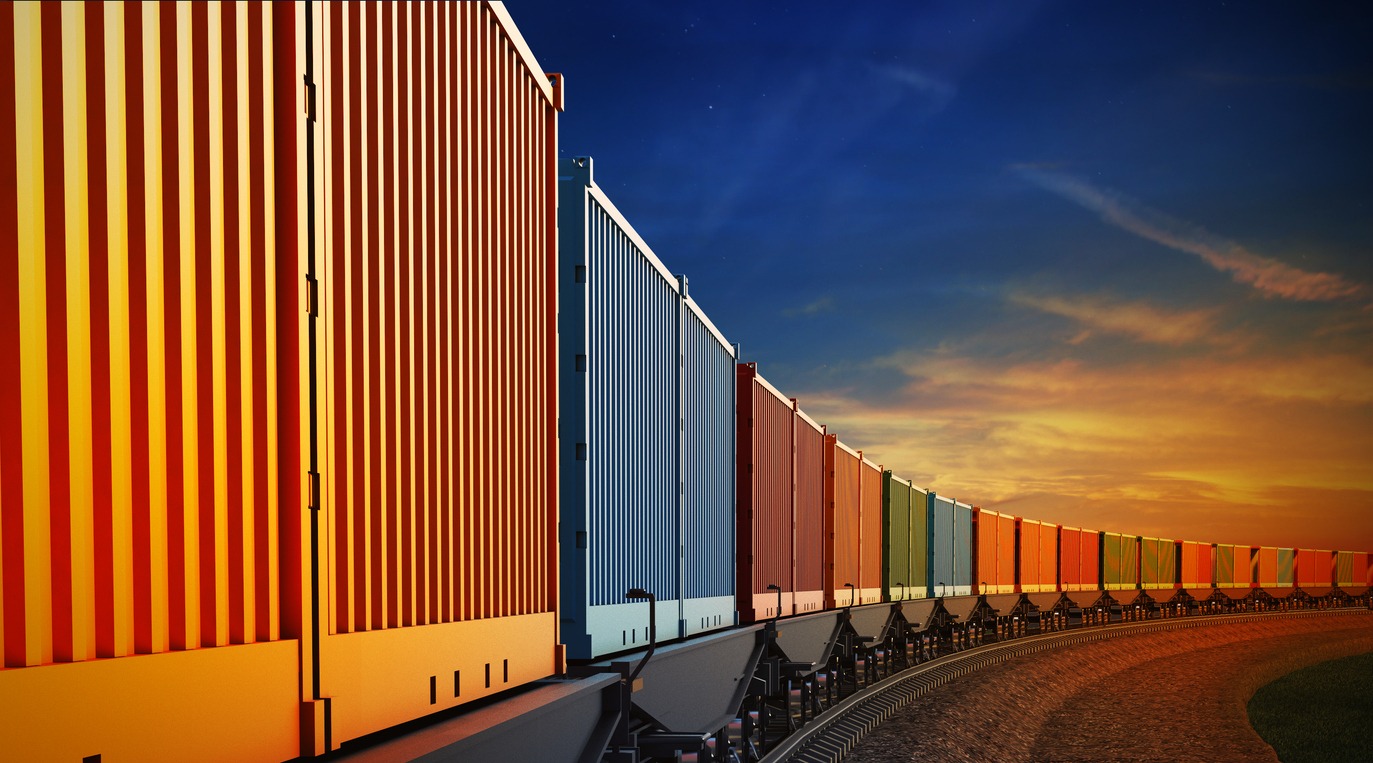
Trains have played a crucial role in the development of global trade and commerce for over a century. As essential elements of transportation infrastructure, trains enable the efficient movement of goods across vast distances, connecting suppliers with markets and reducing costs. Their ability to carry large volumes of cargo makes them indispensable in ensuring that products reach their destinations swiftly and reliably.
The advent of trains and the expansion of railway networks spurred significant changes in international trade dynamics. By providing a cost-effective and reliable means of transport, trains have helped lower the barriers to cross-border trade, making it easier for countries to engage in commerce. Countries with extensive railway systems, such as the United States and China, have leveraged this infrastructure to become central hubs in the global trade network.
Trains have become even more critical with the rise of intermodal transportation systems, where goods are transferred between trains, ships, and trucks seamlessly. This interconnectedness has further amplified the efficiency and reach of global trade, highlighting the enduring importance of railways in the global economy.
Historical Evolution of Trains in Commerce
Trains have played a major role in shaping the global economy by revolutionizing trade and transport. This section explores the emergence of railways, the influence of steam power, and the economic transformations driven by railway expansion.
The Emergence of Railways
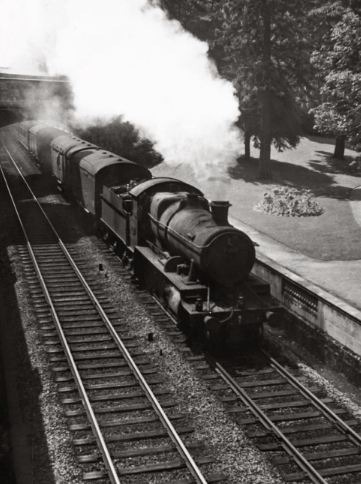
Railways began with the construction of wooden trackways in the early 18th century. Initially used for mining, these early railways allowed easier transportation of heavy materials. The shift from wooden to iron rails in the late 18th century marked a significant improvement, enabling better durability and load capacity.
This advancement facilitated the movement of goods over larger distances. By the 19th century, the establishment of the first railway networks drastically shifted commercial activities, reducing travel time and costs. Railways connected isolated regions, enhanced local trade, and laid the groundwork for future economic growth.
Steam Power and Globalization
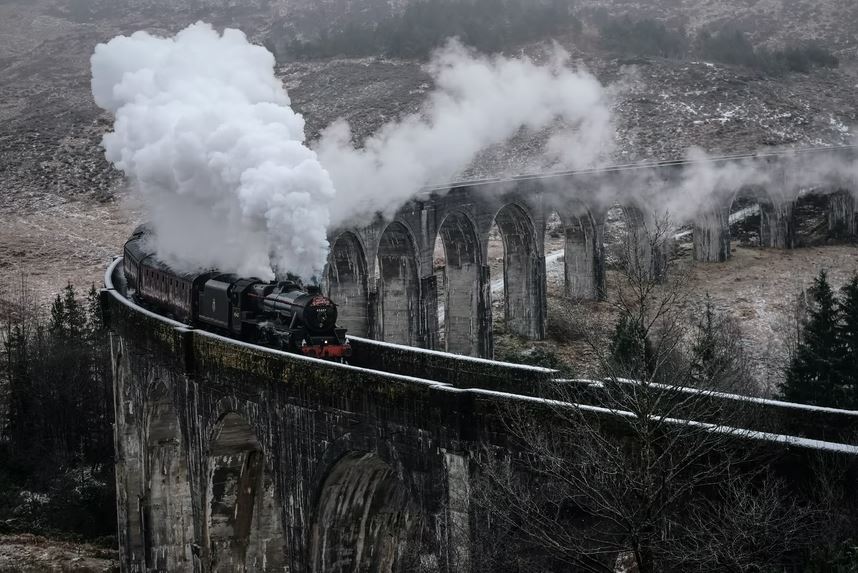
The development of the steam locomotive by George Stephenson in the early 19th century was a crucial breakthrough. Steam power allowed trains to travel faster and carry more goods than ever before. This technological leap made railways the backbone of the Industrial Revolution, pushing forward industrial and economic expansion.
Steam locomotives reduced shipping times, making long-distance trade viable and reliable. Consequently, countries could engage in broader global trade, importing and exporting a variety of goods. Railways not only strengthened economies but also paved the way for modern globalization by linking cities and ports across continents.
Railway Expansion and Economic Transformation
The 19th and early 20th centuries saw an unprecedented expansion of rail networks. Countries invested heavily in building railway infrastructure, recognizing its potential to stimulate economic growth. New railways spurred the development of towns and industries along their routes, transforming local economies.
In the United States, the Transcontinental Railroad completed in 1869, unified the nation's markets and facilitated westward expansion. Similarly, in Europe and Asia, extensive railway networks boosted trade and industrial activities. The continuous growth of railways enabled large-scale movement of goods, people, and raw materials, significantly altering global commerce.
Railways became more than just a mode of transport—they were powerful tools of economic change, fostering trade relationships and creating interconnected markets.
Rail Infrastructure and its Economic Implications
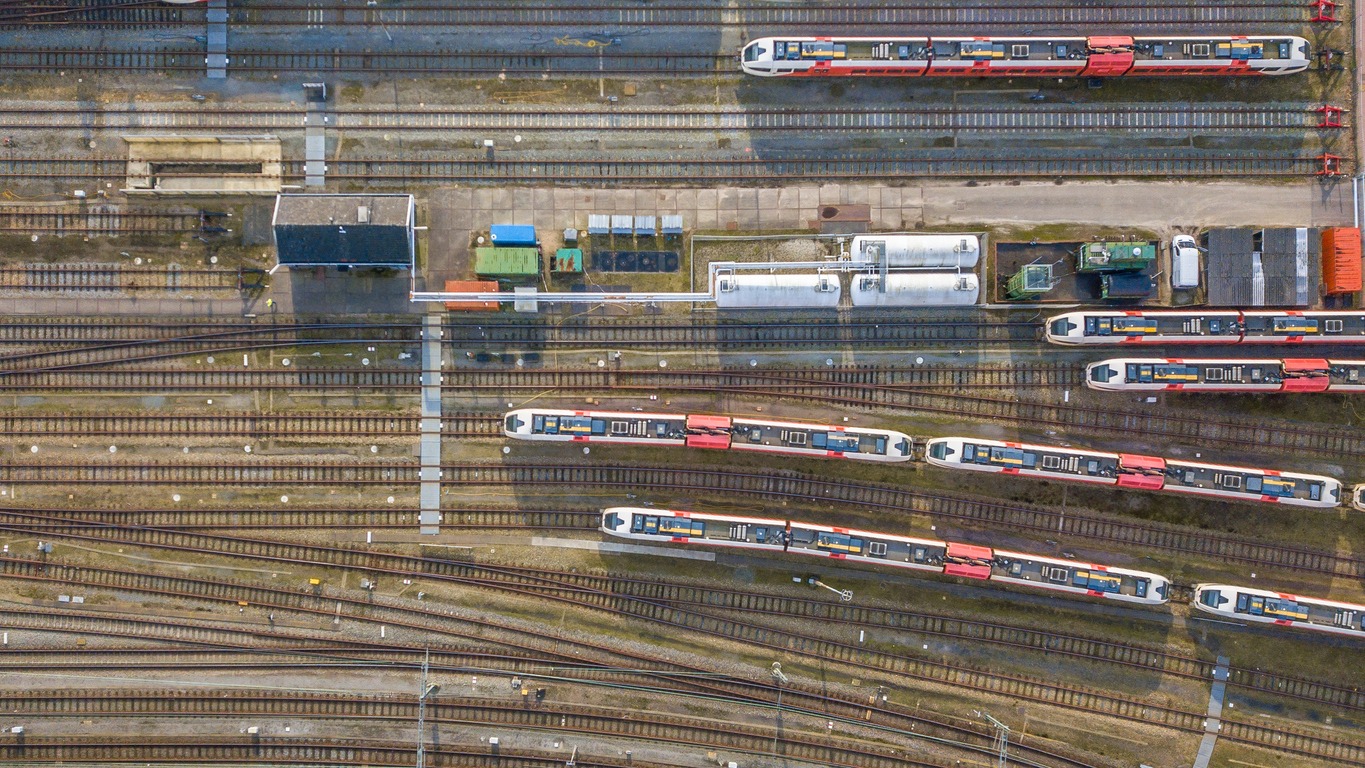
Rail infrastructure is essential for growth by improving transport efficiency and enabling economic activities. The development of railways influences city growth, industrial areas, and attracts investments.
Building the Transportation Backbone
Railways create a backbone for national and regional transportation. They connect cities, ports, and industrial regions, making transport of goods efficient. Efficient rail networks decrease travel time, reduce cost, and facilitate trade. They help move raw materials to factories and finished goods to markets quickly.
With less reliance on road transport, railways have a smaller environmental impact. This makes it a sustainable choice for large-scale transportation needs. As a result, rail developments often receive substantial funding from government and international bodies.
Impact on Cities and Industrial Development
Rail infrastructure leads to urban growth and development. Cities with major railway hubs attract businesses and industries due to better transport links.
Industries often set up near railway lines to ensure easy access to raw materials and markets. This spurs job growth and higher production levels.
Better rail connectivity also supports tourism and real estate development. Restaurants, hotels, and retail stores thrive around busy railway stations, creating a bustling economic environment.
Transport Infrastructure and Investment
Investment in rail infrastructure boosts economic activity. It's seen as a stable and long-term investment by both public and private entities.
Large-scale projects, such as high-speed rail, create opportunities for construction companies and technology providers. They also lead to job creation and skill development for workers.
Foreign direct investment (FDI) often follows improvements in transport infrastructure. Improved rail links can reduce trade barriers and make a region more attractive for global businesses. This cycle of investment and development creates sustainable economic growth.
Modern Train Technologies and Efficiency
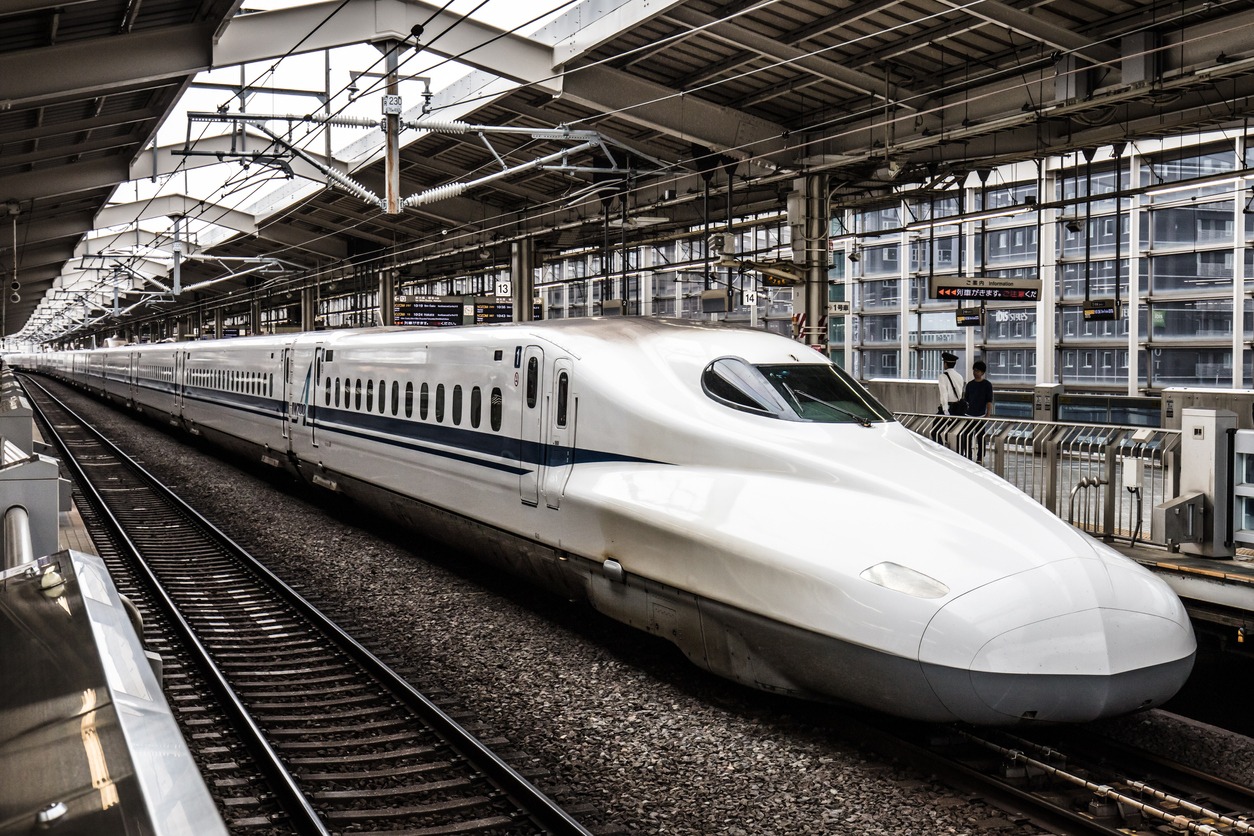
Modern train technologies have greatly improved the efficiency of rail systems. These advancements include innovations in engineering, improved fuel usage, and better integration with other transport modes.
Advancements in Engineering and Operations
New engineering developments are transforming trains. Mechatronic switches are one such innovation. These switches are more reliable and reduce delays, benefiting both passengers and operators.
Electrification of railways is another major development. Electric trains are more energy-efficient and produce fewer emissions than diesel counterparts. Smart sensors and automation further enhance train operations by monitoring conditions and adjusting performance in real-time, increasing both safety and efficiency.
New materials and design techniques also play a role. Lightweight materials reduce energy consumption. Advanced aerodynamics lower resistance, leading to faster and more efficient trains.
Efficiency in Fuel and Labor
Efficiency gains in fuel usage are crucial. Electric trains use renewable energy sources, cutting down on fossil fuel dependence. This shift not only reduces emissions but also cuts operational costs.
Labor efficiency is also improved through automation. Driver assistance systems help to maintain optimal speeds and braking, reducing human error. Automated maintenance checks minimize downtime by predicting and fixing issues before they cause delays.
The combination of these technologies allows rail operators to run more trains on existing tracks. This boosts productivity and provides better service to passengers and freight customers.
Integration with Other Transport Modes
Rail systems are becoming more interoperable with other transport modes. Integrated ticketing systems allow seamless travel across trains, buses, and even bike rentals. This makes multimodal journeys more convenient for passengers.
Freight transport benefits from better coordination with ports and trucking. This reduces transfer times and ensures goods move efficiently from one mode to another. Real-time tracking technologies provide end-to-end visibility of shipments, enhancing overall efficiency.
Technological advancements in intermodal terminals also play a role. These terminals streamline the process of transferring containers between trains and other modes, cutting down on delays and costs.
Economic Impact of Rail Transport
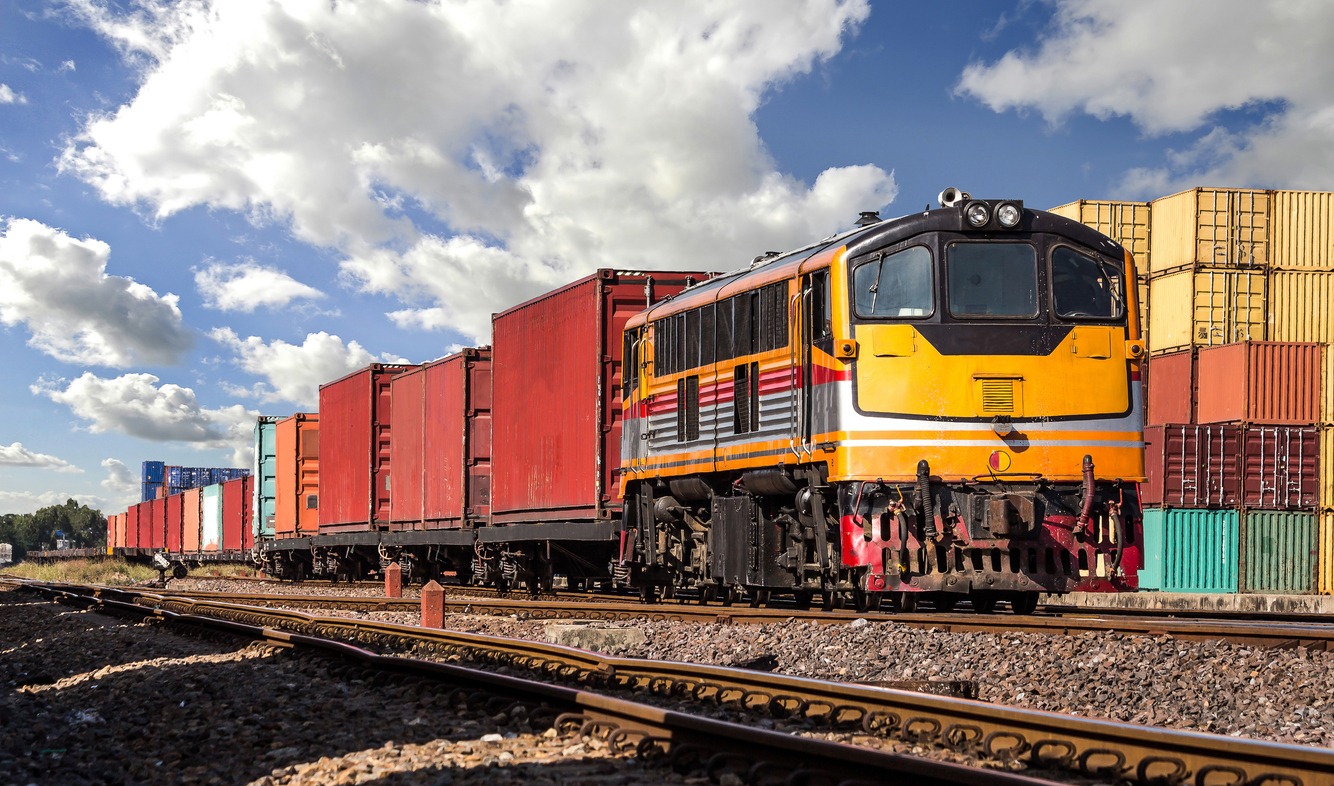
Rail transport plays a critical role in global commerce, affecting supply chains, trade volumes, and cost-effectiveness. It shapes how goods are moved, the nature of traded items, and overall economic efficiency.
Transport Goods and Supply Chains
Rail transport is essential for moving large quantities of goods over long distances. Countries like the USA and regions such as the EU depend heavily on rail networks to keep supply chains efficient. Trains can carry bulk goods, including raw materials, chemicals, and manufactured products.
Supply chains benefit from trains because they are reliable and less susceptible to traffic delays compared to road transport. This reliability helps businesses plan better and reduces the risk of supply chain disruptions. Environmental benefits also play a role, as rail transport is often more eco-friendly than road or air transport.
Volume and Nature of Trade
The volume of goods transported by rail is significant. For example, in 2019, Europe and Turkey moved about 3.1 billion ton-kilometers of goods by rail. Asia and the Middle East had slightly higher volumes at 3.5 billion ton-kilometers. These figures illustrate the heavy reliance on rail for trading activities.
The nature of goods transported varies from raw materials like coal and iron ore to finished products. Rail is particularly suitable for heavy and bulky items that are not as feasible for air or road transport. Trade patterns often align with rail networks, emphasizing the importance of rail in trade logistics.
Rail Transport and Cost-Effectiveness
One of the biggest advantages of rail transport is its cost-effectiveness, especially over long distances. It is generally cheaper per ton-mile compared to road transport, which is beneficial for businesses looking to minimize shipping costs.
Cost savings arise from the ability to move large volumes at once and fewer fuel costs per ton of goods transported. Rail infrastructure, while expensive to build, offers lower long-term operational costs. These economic benefits make rail a preferred option for many industries, enhancing overall economic growth and development.
Railways and International Commerce
Railways play a crucial role in international commerce by enabling the movement of goods across borders, standardizing operations, and supporting free trade agreements.
Facilitating Free Trade Agreements
Railways often serve as a backbone for free trade agreements (FTAs) by providing the infrastructure needed to efficiently transport goods between countries. FTAs help reduce or eliminate trade barriers, making it easier for countries to trade with each other.
For example, North America's NAFTA (now USMCA) has benefitted from robust rail links between the US, Canada, and Mexico. These links streamline the movement of raw materials and finished products, reducing costs and improving delivery times. Railways thus play an essential role in realizing the potential of these agreements.
Standardizing International Rail Operations
Standardization in railway operations is essential for seamless international trade. This includes everything from track gauges, which must be uniform to allow trains to move across borders without interruption, to safety and communication protocols.
Organizations like the World Trade Organization (WTO) promote standardization, helping countries adopt the same or similar standards. Standardized operations reduce delays, enhance safety, and lower costs, making cross-border transport more efficient.
The development of high-speed rail networks, like the European Eurostar, showcases how standardized operations can facilitate faster and more reliable trade routes across multiple nations.
Cross-Border Rail Trade Dynamics
The dynamics of cross-border rail trade are complex but vital. Railways manage a significant portion of freight traffic, providing a cost-effective and reliable means of transporting bulk goods over long distances.
Countries like China and many European nations have capitalized on railways to enhance trade links with neighboring regions. For instance, the China-Europe Railway Express has significantly increased cargo flow, reducing transit times between Asia and Europe.
Economic studies show that rail infrastructure investments can boost local economies by increasing trade integration and raising living standards. Improved rail networks often lead to significant gains in efficiency and affordability in trade logistics.
Regulatory Landscape and Safety Standards
Trains play a vital role in global trade, and ensuring their regulation and safety is crucial. This section examines how government policies, safety procedures, and international standards impact rail transportation.
Government Regulation and Compliance
Governments around the world impose strict regulations to maintain safety and reliability in rail transport.
The Federal Railroad Administration (FRA) in the U.S. enforces a range of rules for operational safety, maintenance, and worker training. European Union Agency for Railways (ERA) sets similar standards in the EU.
These regulations cover aspects like track safety standards, equipment maintenance, and environmental considerations. Violating these rules can lead to penalties, operational shutdowns, and increased scrutiny. Compliance ensures not just safety but also reliability crucial for trade.
Transportation Safety and Security Procedures
Safety and security procedures are key to preventing accidents and ensuring the smooth flow of goods.
Comprehensive employee training programs impart critical operational and safety skills. For example, training on hazardous material handling is mandatory. Security measures include surveillance, cargo screening, and preventive maintenance.
Technology plays a role too. Automated systems monitor tracks and trains to identify issues before they become serious. Robust safety culture, coupled with advanced technology, helps in mitigating risks and protecting both assets and people.
Certifications and International Standards
Accrediting bodies and international standards ensure consistency and quality in rail operations.
The International Organization for Standardization (ISO) develops standards that rail operators often follow. Certifications such as ISO 9001 for quality management systems are common.
Various certifications ensure adherence to safety and operational guidelines. The World Trade Organization (WTO) works with nations to create fair regulations that facilitate international trade. Adhering to these standards not only enhances operational efficiency but also boosts credibility in the global market.
Ensuring compliance with these certifications and standards is not an option but a necessity for operators aiming for excellence and safety in their services.
The Environmental Considerations of Rail Transport
Rail transport significantly impacts the environment. Trains are energy-efficient and produce fewer emissions compared to other transport modes. This makes rail a key component in sustainable transportation strategies.
Comparative Environmental Impact
Trains emit far less carbon dioxide compared to cars and planes. According to the International Energy Agency, trains account for only 3% of global transport energy usage but move 9% of motorized passengers and 7% of freight.
Using rail cutbacks greenhouse gas emissions. The European Union aims to increase rail freight by 50% by 2030 and 100% by 2050 under its Green Deal framework. Rail systems also have a lower environmental footprint due to minimal land take and noise pollution.
Railroads and Energy Consumption
Railroads are one of the most energy-efficient transportation modes. Trains use up to nine times less energy than road transport. Factors like low rolling resistance between train wheels and tracks contribute to this efficiency.
Electric trains further enhance energy efficiency. When powered by renewable sources, electric trains emit near-zero greenhouse gases. According to recent data, the intensity of train emissions is about 19g CO2-eq/passenger-km, much lower than cars which can emit 211g CO2-eq/passenger-km.
Sustainability Initiatives in Rail Transport
Several sustainability initiatives aim to promote rail transport as an eco-friendly mode. Implementing green technologies such as regenerative braking helps in conserving energy. Rail operators are also investing in electrification projects to replace diesel engines.
Policies promoting rail usage over trucks and cars can considerably lessen environmental damage. The European Union's Year of Rail and Smart Mobility Strategy are examples of efforts to boost rail’s share in both passenger and freight transport. By prioritizing rail, governments hope to cut down reliance on fossil fuels like coal for power and enhance energy efficiency across transportation networks.
Challenges and the Future of Rail Transport
The rail transport sector faces several challenges, including limited capacity and expansion issues, the need for technological advancements, and adaptability to changing market conditions. Addressing these factors is crucial for the industry's growth and effectiveness in global trade and commerce.
Capacity Constraints and Expansion Limitations
Rail networks around the world are encountering capacity constraints due to growing demand. This problem is especially acute in urban areas where rail infrastructure cannot keep up with the surge in both passenger and freight transport. The expansion of rail lines is often hampered by high costs and regulatory hurdles. Additionally, the physical space required for new tracks is not always available, particularly in densely populated regions. As a result, existing rail lines are under significant pressure, affecting service reliability and efficiency.
Technological Innovations and the Future of Railways
Technological innovations are essential for the future of rail transport. Developments such as automation, enhanced signaling systems, and electrification are paving the way for more efficient and sustainable rail networks. Automation can improve the precision and timing of rail operations, while advanced signaling systems help in managing traffic more effectively. Increased use of electricity over traditional fuels reduces carbon emissions, making rail transport more eco-friendly. Investment in these technologies is crucial to meet future demands and enhance the competitive edge of rail against other modes of transport.
Adapting Rail Transport to Market Changes
The rail industry must adapt to market changes and evolving economic conditions to remain competitive. This includes aligning services with current transportation trends such as the rise of e-commerce and just-in-time delivery systems. Rail companies need to stay agile, shifting their schedules, and routes to meet the needs of businesses and consumers. Economic recovery efforts often lead to changes in trade patterns, requiring the rail sector to adjust quickly. Flexibility in operations allows for better handling of fluctuations in demand, ensuring that rail remains a viable option in the global transportation network.

